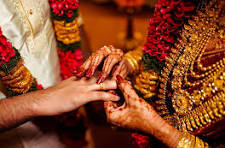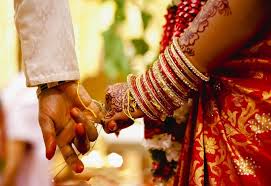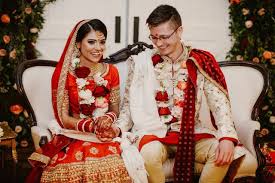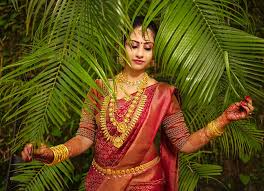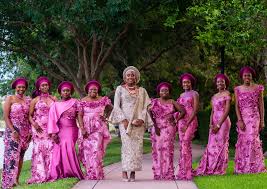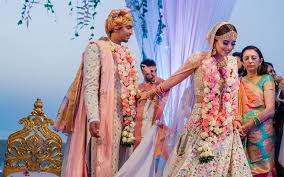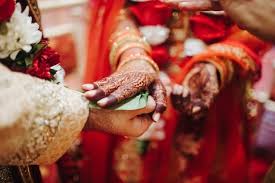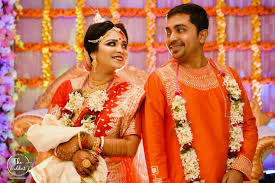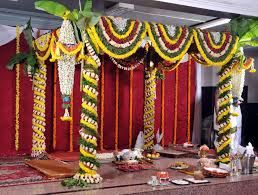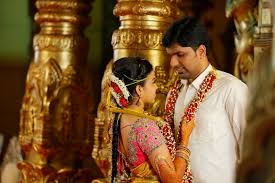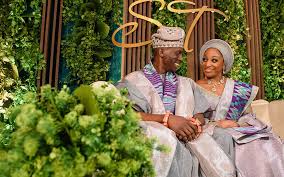- 098993 77737
- info@mangala-k.com
Traditional weddings vary significantly across cultures and regions, each with its unique customs, rituals, and ceremonies. These weddings often reflect the cultural heritage, beliefs, and values of the communities involved. Here are some common elements found in traditional weddings:
Ceremonial Attire:
Traditional weddings often involve specific attire for the bride, groom, and sometimes the bridal party. These outfits may have cultural significance, symbolic colors, or historical relevance.
Traditional Decor:
Decorations play a crucial role in traditional weddings. They may include specific colors, flowers, or symbols significant to the culture.
Cultural Music:
Music plays a significant role, with traditional songs and instruments used during the ceremony and celebrations.
Traditional Dances:
Cultural dances may be performed during specific parts of the wedding celebration, expressing joy, unity, or storytelling.
Community Participation:
Traditional weddings are often community events, with the participation of extended family, friends, and the broader community.
It's important to note that the details and significance of these elements can vary widely among different cultures and communities. As couples increasingly embrace cultural diversity, many weddings today incorporate a blend of traditional and modern elements, creating unique and personalized celebrations.
